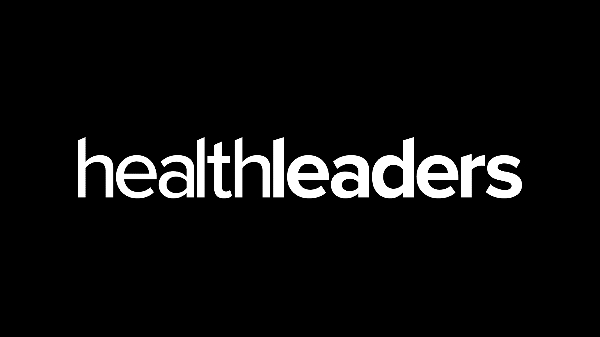Electronic Health Records (EHRs) initially offered enormous promise to streamline medical documentation, increase cooperation between providers, and improve care. Any physician who has used an EHR system would likely agree that, for one reason or another, they aren’t living up to expectations.
Studies have shown that the records collected in EHRs may be inaccurate or incomplete, which can be damaging to patient care, population health research, and the innovative new solutions being designed using this data. Furthermore, with a system design increasingly holding providers accountable for patient health outcomes and total costs of care, incomplete records can impact providers and health systems' bottom lines.
Accuracy isn’t the only problem plaguing EHRs. They are also helping drive an epidemic of physician burnout: for every one minute of patient care, doctors spend another two minutes on administrative tasks. Doctors have limited time in their day, and it should be focused on patient care rather than data entry.
If all of this is true—wouldn’t it be better to just ditch the EHR model and find a new way forward? Not at all. It’s important to remember that the traditional method for capturing and storing medical notes wasn’t functional for doctors, health systems, or patients, either. Paper records only exacerbated some of the issues being seen with EHR systems. Rather than lament EHRs as doomed solutions, and sinking the investment already made in the transition to them, the focus should be on making them work as originally intended.
If redesigned to address issues of poor usability and lack of interoperability, EHRs can become powerful clinical tools, helping doctors compile complete and accurate medical notes, using innovative technology to solve a lot of the problems that came with paper documentation:
- They can make it easier to share patient records between providers. Despite struggles with interoperability, it's still faster and easier to digitally share records than to mail or fax them.
- They can provide incredibly insightful data sets to learn more about individual and population health. We can use EHR data to power academic, commercial, and clinical research to advance medicine and re-shape the health care system. This data can also improve machine learning solutions.
- They can empower patients to access their health records and to take a more active role in their own care.
There are a variety of technological solutions available today working to address the issues with EHR systems, and helping doctors to create more accurate and detailed EHR entries. These include remote scribes, speech to text software, transcription services, and digital assistants. For example, Suki, an AI-powered digital assistant for doctors, has been shown to reduce the average time per note by 76 percent in time-motion studies. Implementing one of these options doesn’t have to take a massive shift in operations, resources, or clinical culture. In fact, there’s a fairly simple checklist for providers to consider when evaluating which solution best fits their practice’s needs:
- Do the Research and Include the Doctors: The original sin of EHRs was the failure to design, build, and implement them with input from doctors. Providers must be able to evaluate all the available modalities, assess their strengths and weaknesses, analyze the applicability of each to their practice/hospital to decide on a solution that will best serve them and their patients.
- Look for High Value, Low Effort: An effective documentation solution must be a good value, operate quickly and accurately, integrate into existing clinical workflows, and contribute to quality improvement and other clinical initiatives.
- Think ROI: Improved note accuracy and reduced doctor burnout are the top two benefits, but health care executives should also look at how more accurate records can improve coding, yield more accurate billing and reduce administrative overhead costs that impact the bottom line.
The care of today and the innovations of tomorrow rely on accurate patient records. Already, thousands of innovative clinical solutions are using EHR data to inform the development of medical discoveries, population health solutions, and care improvements. If that data is incomplete or inaccurate, it could result in more systematic problems with serious repercussions. By investing in solutions that restore EHRs to their original potential, we can remove a huge burden from physicians, all while improving care and health outcomes.



